No trip to San Fransisco is complete without a ferry ride over to Alcatraz. When I was first planning my trip to the city almost everyone I spoke had an Alcatraz tour at the top of their must-do list. The tiny island is located about 2km offshore near the mouth of the San Francisco Bay.
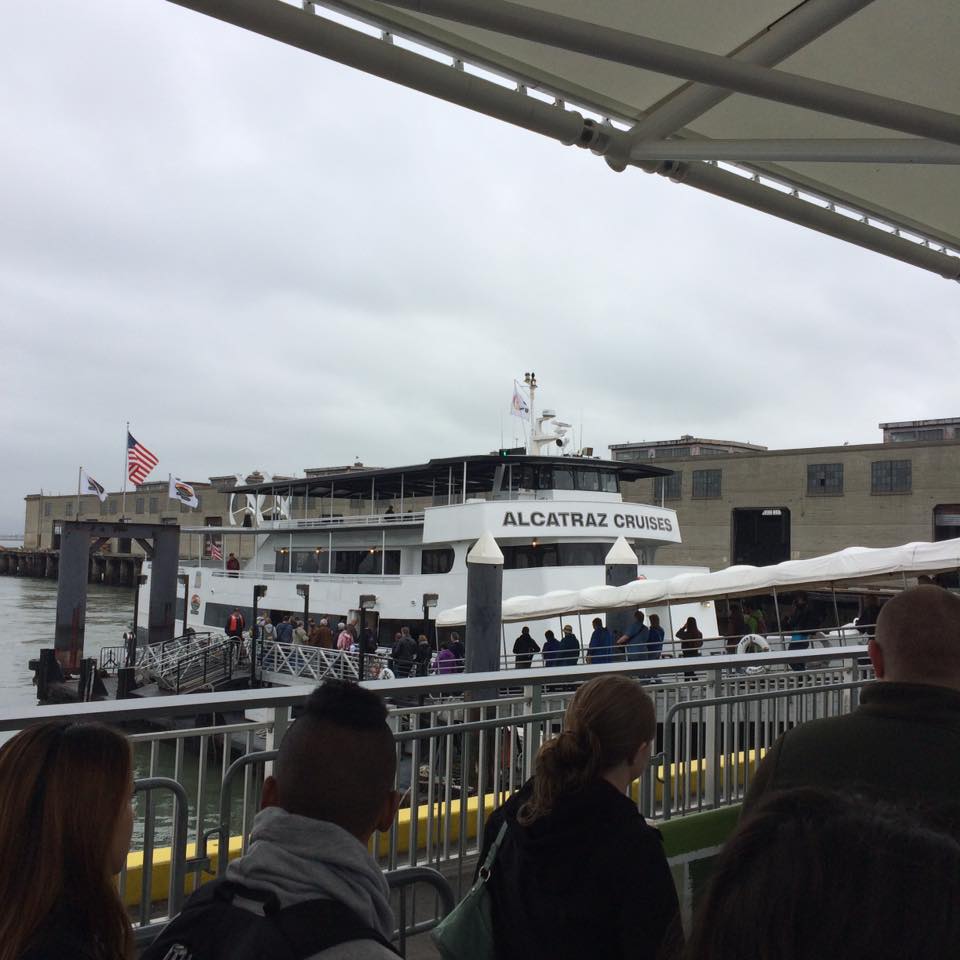

Alcatraz Island was first used by Native American tribes before Spanish explorers came across the island in 1775. It was named “La Isla de los Alcatraces,” which means “Island of the Pelicans,” due to the large number of pelicans that nested there. By 1850, the US government claimed the island and built a military fort on it to protect the San Francisco Bay.
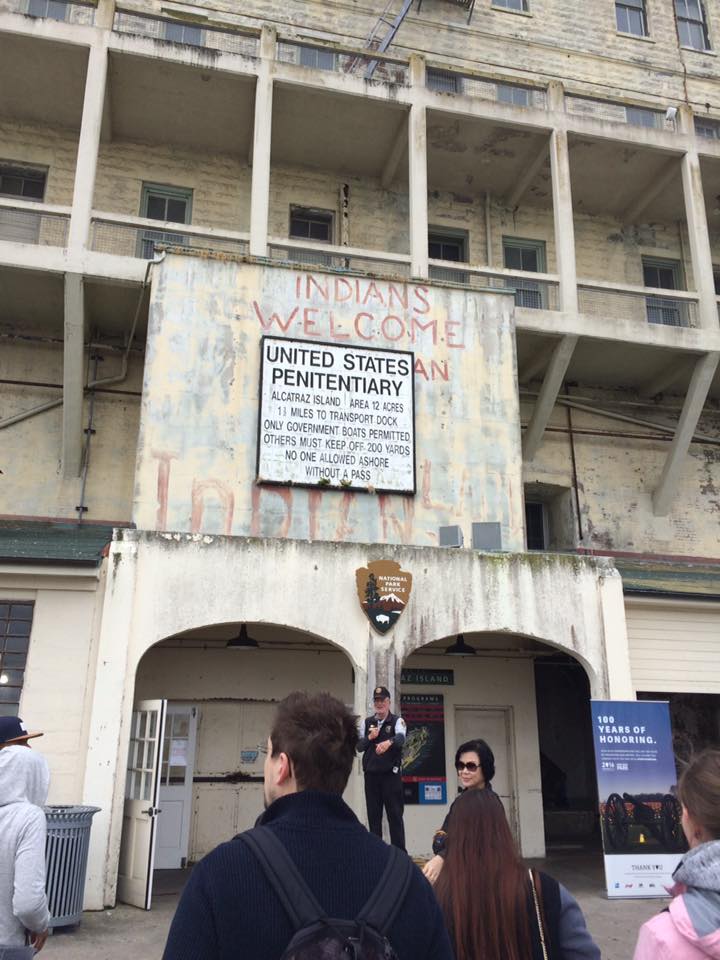

In 1933, Alcatraz became a federal prison and was home to some of America’s most notorious criminals, including Al Capone. The prison was known for its harsh conditions and its isolation, as the island was surrounded by cold and choppy waters that made escape nearly impossible. Despite this, several inmates attempted to escape, with only a few succeeding.
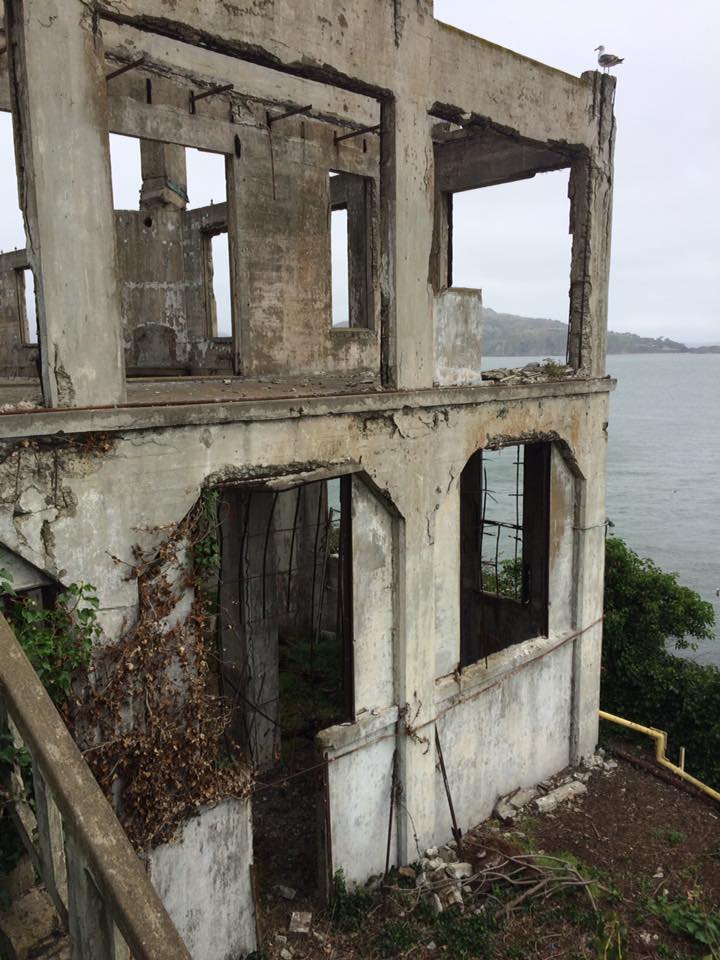
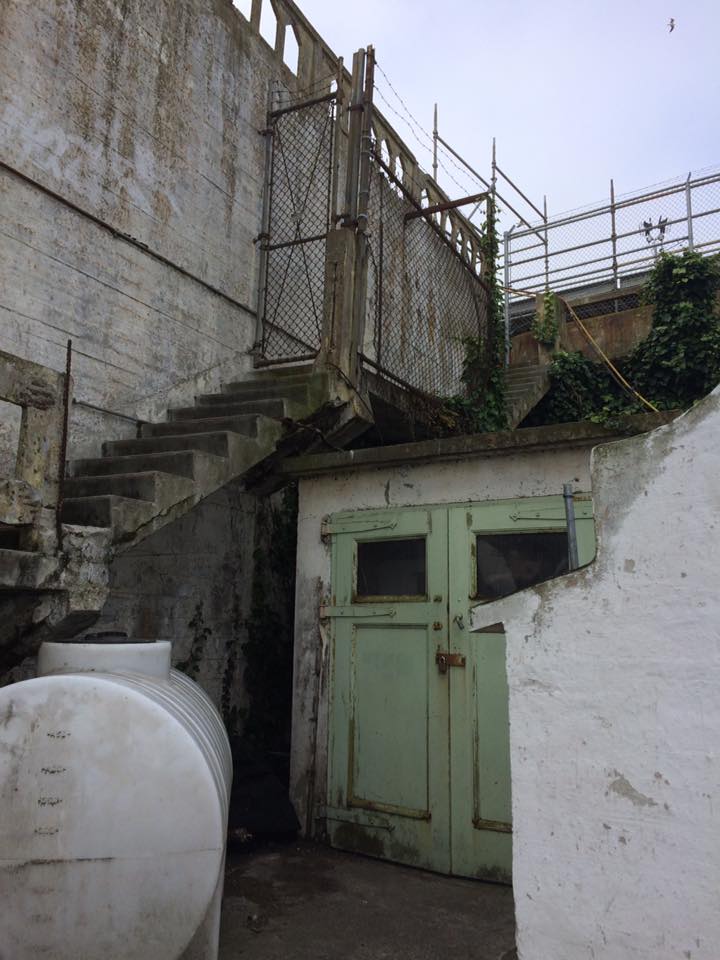
Due to the varied history of the site, the architecture of Alcatraz Island is a unique blend of military fortification and prison design. The military fort that was built on the island in the 1850s was designed to withstand attacks from the sea, with thick walls and cannon placements. When the prison was built in the 1930s, it was designed to be a high-security facility with cells made of concrete and steel, and no windows to the outside world.
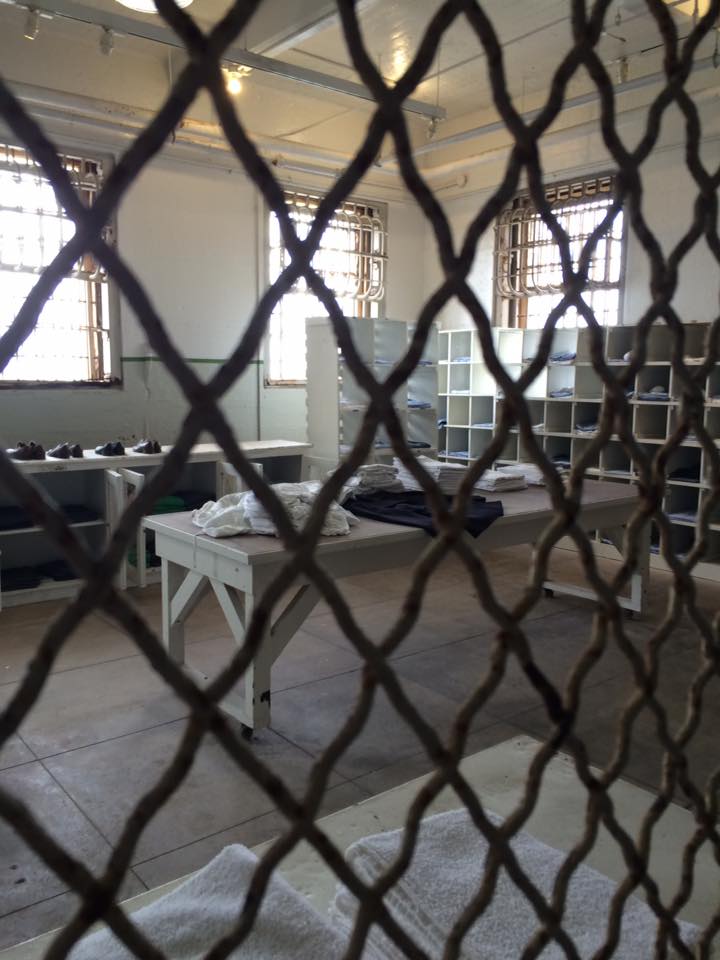
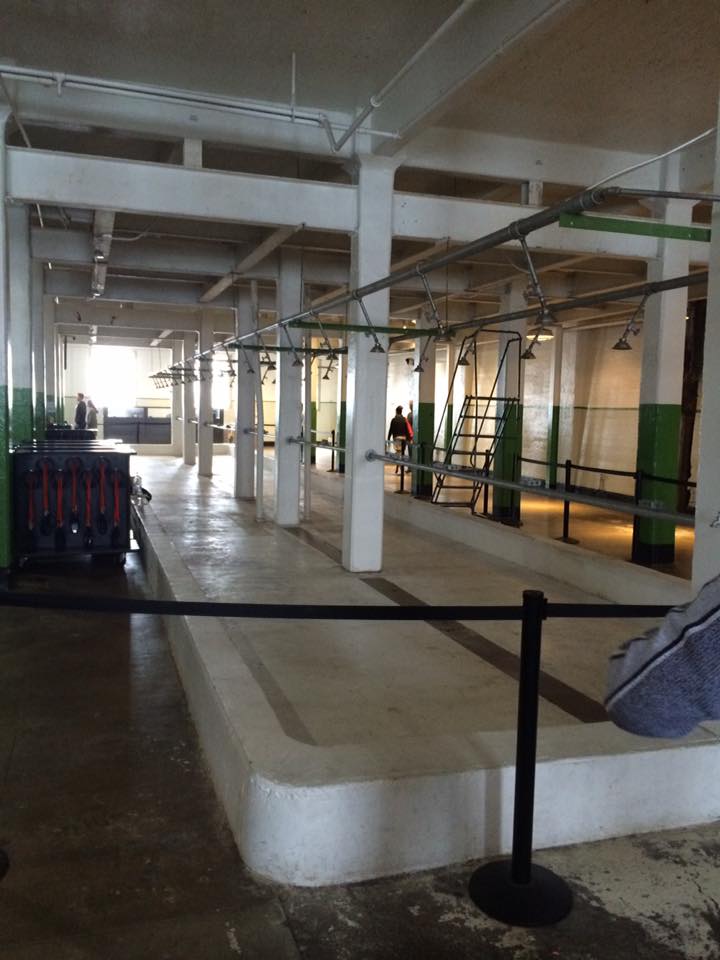
While Alcatraz Island is famous for its prison, it is also home to some beautiful gardens. In the 1850s, the military personnel stationed on the island created a garden with a variety of plants and trees, including cypress and eucalyptus.
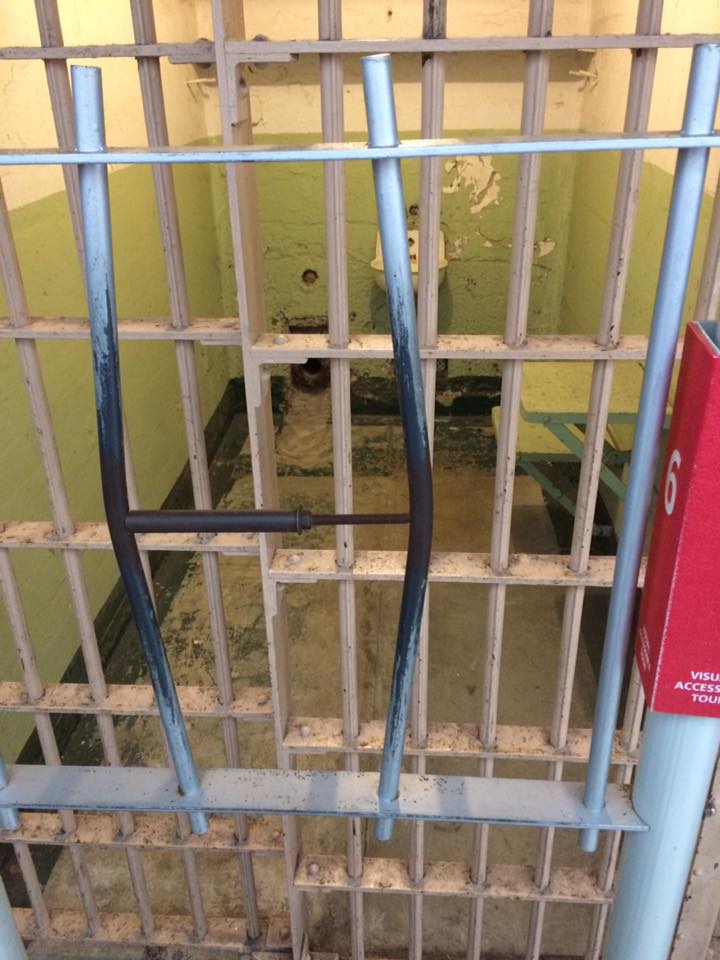
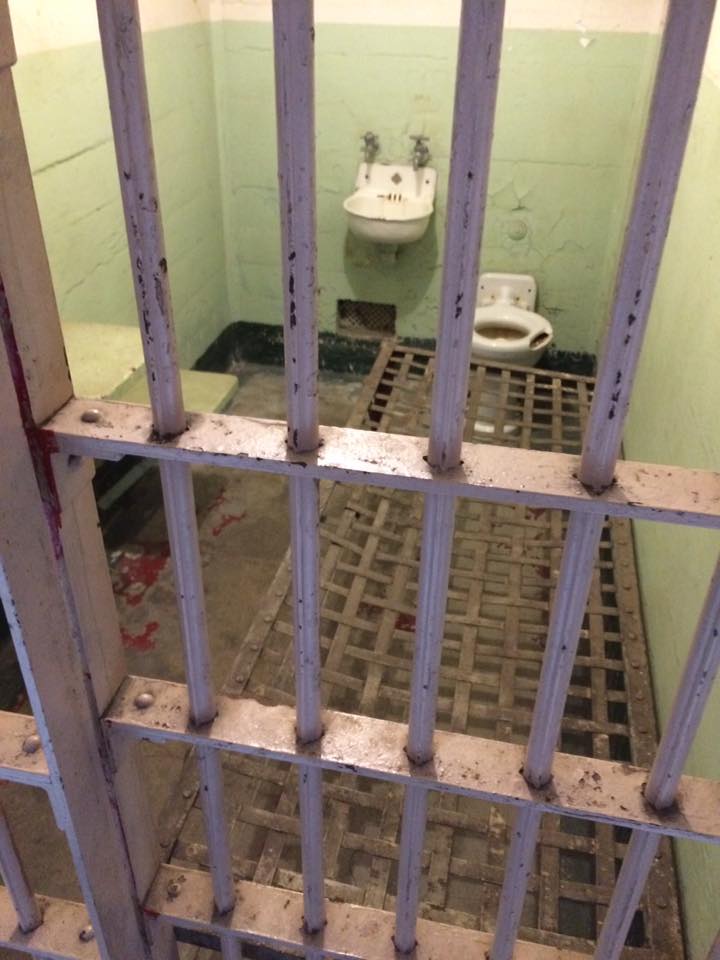
In 1963, the prison was closed due to high operating costs and deteriorating conditions with the menu being frozen to this date. Today, Alcatraz is a popular tourist attraction and is managed by the National Park Service. Visitors can tour the prison and see the original cells and facilities, including the mess hall, library, and exercise yard.

In the 1960s, a group of volunteers started restoring the garden, and today it is a beautiful example of a Mediterranean-style garden with a variety of plants from around the world.
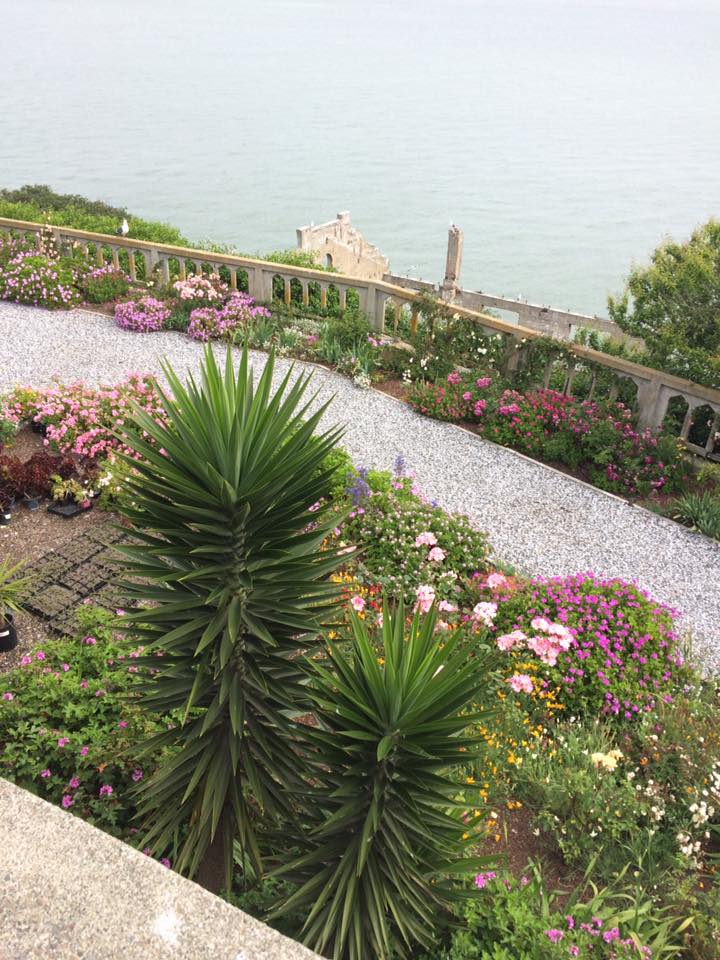

Categories: Uncategorized
It’s an interesting place, lots of history. I was there in 1974. My husband and I were in San Francisco a couple of years ago and weren’t able to get tickets
LikeLike
We had to stay an extra day because we couldn’t get tickets while we were there! Luckily it was part of a road trip so we could just about squeeze in another day.
LikeLiked by 1 person
I loved our visit to Alcatraz, really fascinating place. Saw a lot of similarities in the place and the stories with Shawshank Redemption, which was really interesting as that’s one of my favourite films.
LikeLike
I want to see it
LikeLike